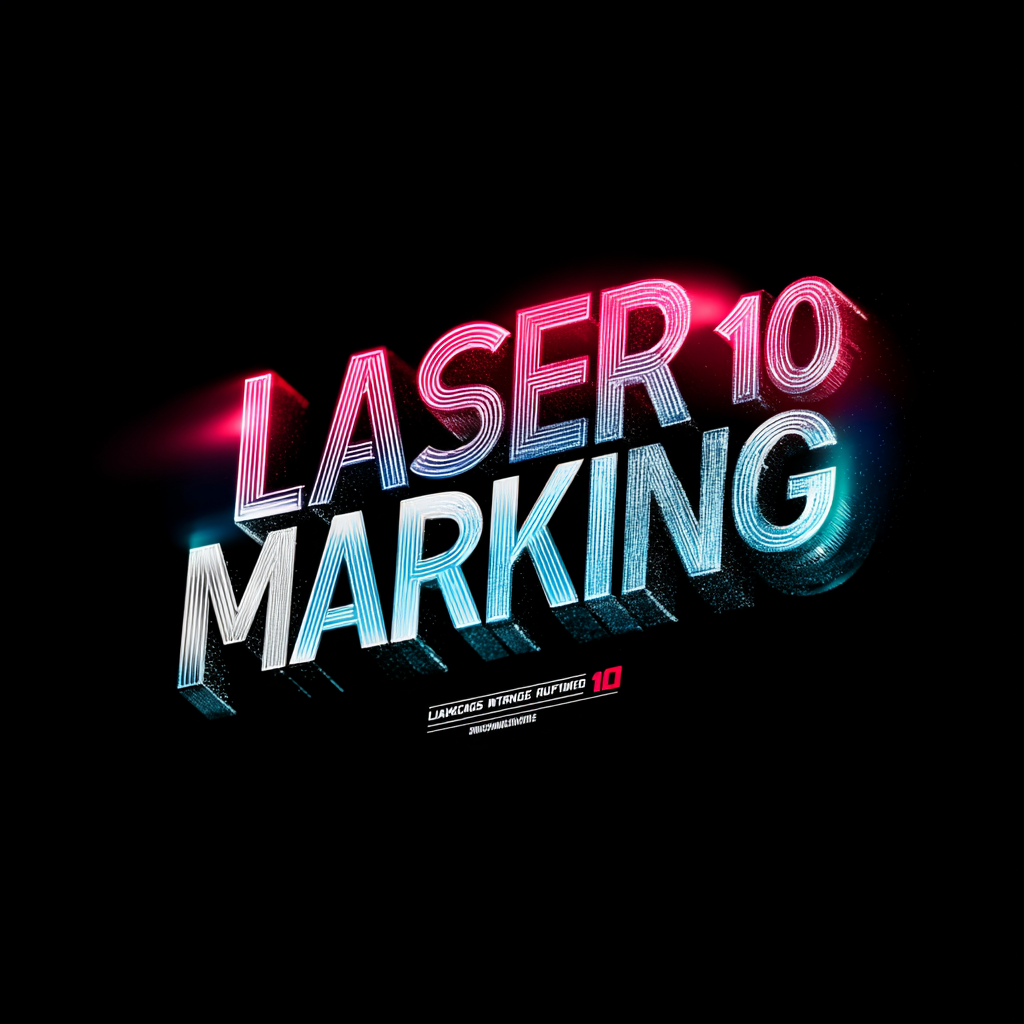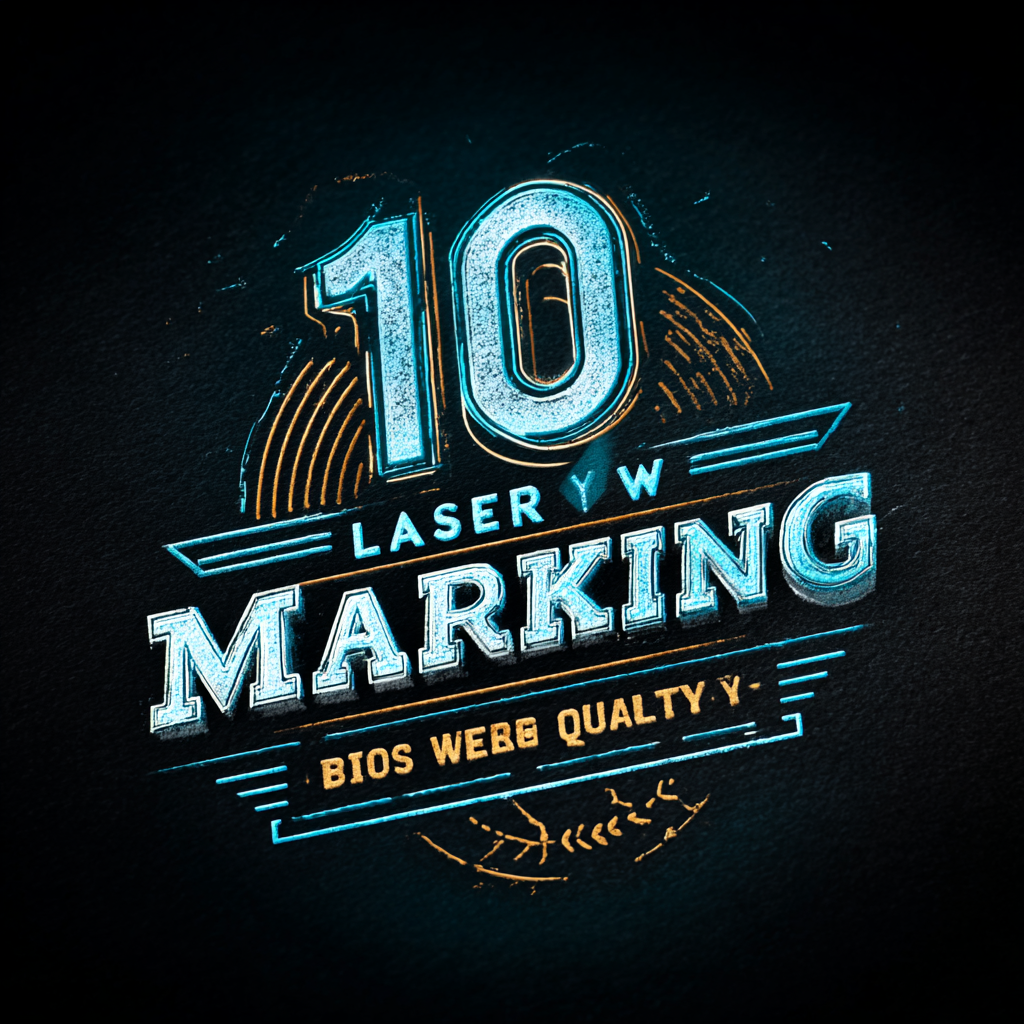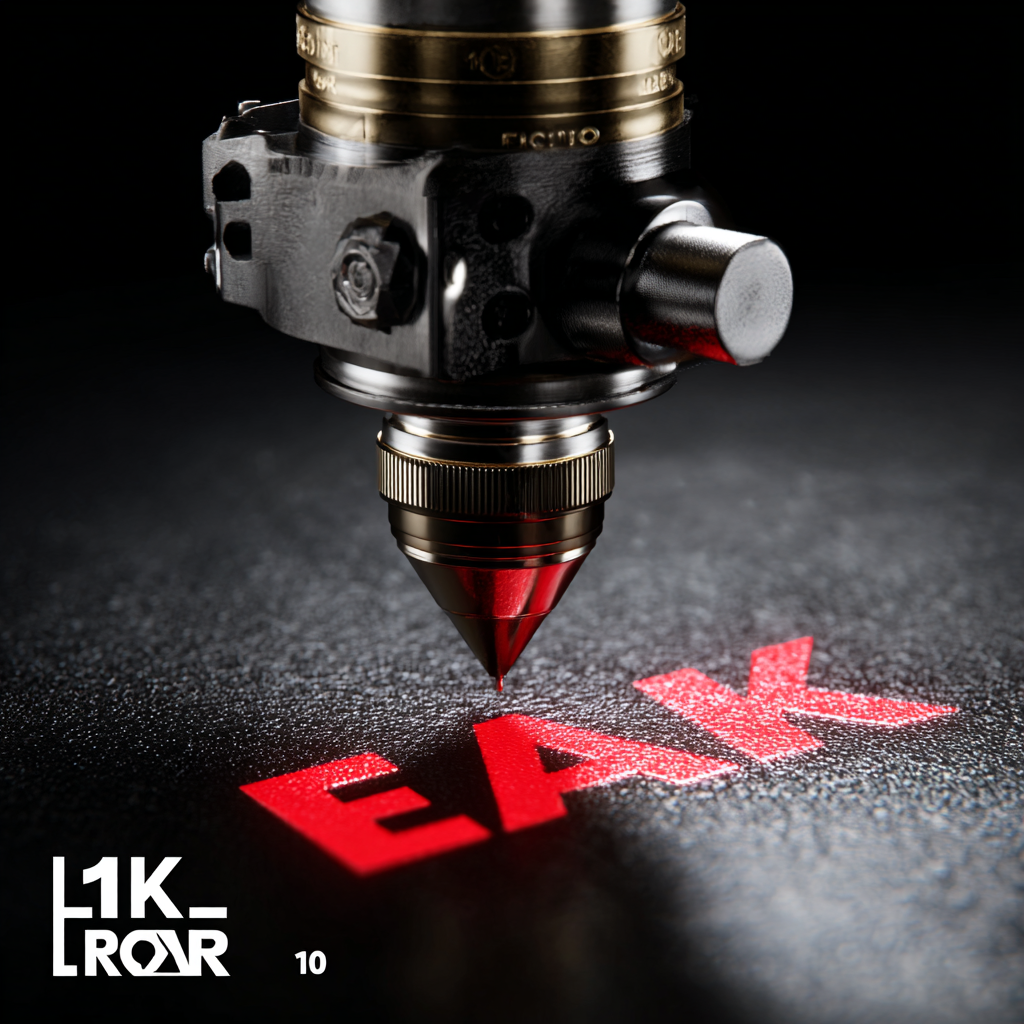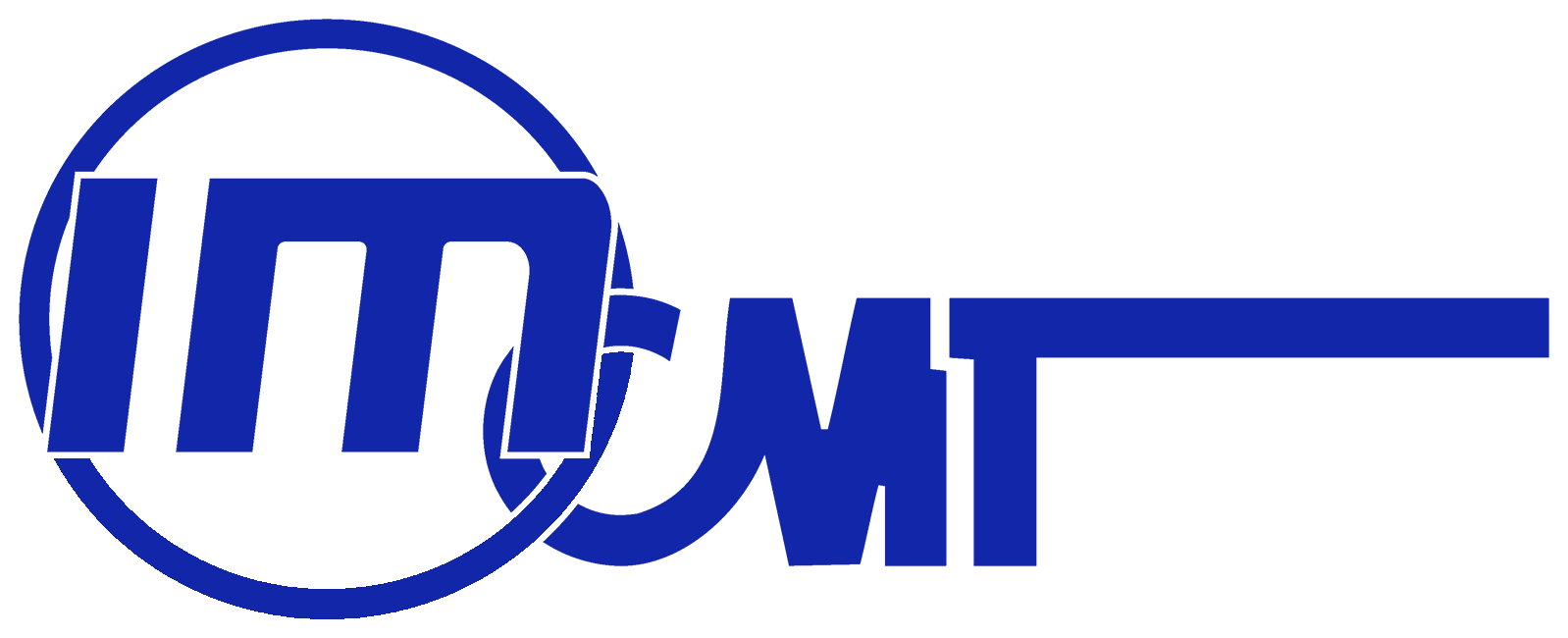10 Ways to Achieve the Best Laser Marking Quality
 In today's competitive manufacturing landscape, achieving the highest quality in production processes is essential, particularly in the realm of Laser Marking. This innovative technology offers precision and durability, making it a favored choice for businesses looking to enhance their product branding and traceability. As companies in China’s robust manufacturing sector strive to maintain their edge in the global market, understanding how to optimize Laser Marking can play a critical role in their success. From selecting the right equipment to mastering the settings and techniques, each step can significantly influence the final output quality.
In this blog, we will explore ten effective strategies that can help manufacturers elevate their Laser Marking processes, ensuring that their products not only meet but exceed international standards, thereby reinforcing their position as a powerhouse in global exports.
In today's competitive manufacturing landscape, achieving the highest quality in production processes is essential, particularly in the realm of Laser Marking. This innovative technology offers precision and durability, making it a favored choice for businesses looking to enhance their product branding and traceability. As companies in China’s robust manufacturing sector strive to maintain their edge in the global market, understanding how to optimize Laser Marking can play a critical role in their success. From selecting the right equipment to mastering the settings and techniques, each step can significantly influence the final output quality.
In this blog, we will explore ten effective strategies that can help manufacturers elevate their Laser Marking processes, ensuring that their products not only meet but exceed international standards, thereby reinforcing their position as a powerhouse in global exports.
Choosing the Right Laser Technology for Optimal Marking Quality
When it comes to achieving the best laser marking quality, selecting the appropriate laser technology is paramount. The primary types of lasers used for marking include CO2 lasers, fiber lasers, and solid-state lasers. CO2 lasers are excellent for marking non-metallic materials such as wood, glass, and plastics, thanks to their longer wavelengths which allow deeper penetration and smoother finishes. They are an ideal choice for businesses focused on engraving and decorative applications.
On the other hand, fiber lasers are particularly effective for marking metals and are known for their precision and speed. Their shorter wavelengths allow for finer detail and faster processing times, making them perfect for industries that require high-volume production with meticulous attention to quality. Solid-state lasers, meanwhile, serve as a versatile option, offering a balance between power and cost effectiveness. By understanding the specific features of each laser type, businesses can choose the right technology that aligns with their marking requirements, ultimately enhancing the overall quality of their products.

Understanding Material Compatibility for Laser Marking Efficiency
When it comes to laser marking, understanding the compatibility of materials is crucial to achieving optimal results. Different materials respond uniquely to laser technology, affecting the final quality of the mark. For instance, metals such as aluminum and stainless steel allow for precise, clean marks due to their conductive properties. Conversely, non-metals like plastics and wood can require specific settings to avoid issues like melting or burning. Knowledge of how each material reacts to laser energy can guide users in selecting the appropriate laser type and power levels for the task at hand.
Additionally, pre-treatments and coatings can significantly influence marking quality. For materials that may not perform well under standard laser conditions, applying a suitable coating can enhance contrast and resolution. This is particularly relevant for darker plastics or coated metals, which can yield clearer and more defined laser marks. Regular testing and adjustments for material compatibility not only ensure efficiency but also extend the life of the laser system, thereby maximizing the return on investment. Understanding these material dynamics is key to achieving the best laser marking quality and efficiency.
10 Ways to Achieve the Best Laser Marking Quality
This chart illustrates the impact levels of various factors on laser marking quality. Understanding material compatibility alongside other factors contributes significantly to achieving optimal marking results.
Setting the Perfect Laser Parameters for Enhanced Marking Precision
To achieve the best quality in laser marking, setting the perfect laser parameters is crucial for enhanced marking precision. One of the key aspects to focus on is the peak power of the laser, especially when operating in pulsed mode. A high peak power of up to 10kW can significantly improve the energy delivered to the material, ensuring deep and clean markings.
When optimizing laser parameters, consider the pulse duration and frequency. Short pulses tend to provide more precise marks, minimizing heat-affected zones and ensuring that fine details are registered without distortion. Adjust the frequency based on the material being marked; a higher frequency may work well on softer materials, while lower frequencies can be better suited for tougher substrates.
Additionally, don't overlook the importance of speed and focus. Reducing the marking speed allows for deeper penetration and finer detail but may increase the risk of overheating. Find the right balance by testing different speeds to see what gives the best results for your specific application. Fine-tuning the focus can also lead to sharper, more defined markings, enhancing the overall quality of the laser marking process.

Regular Maintenance and Calibration to Ensure Consistent Marking Results
Regular maintenance and calibration are essential components for ensuring consistent laser marking results. Without proper upkeep, even the most advanced laser marking systems can produce subpar results, leading to increased waste and production costs. Establishing a routine maintenance schedule helps identify potential issues before they become significant problems.
One useful tip for maintaining your laser marking equipment is to regularly clean the lens and mirrors. Dust and debris can accumulate over time, obstructing the laser beam and affecting marking quality. A simple cleaning procedure using appropriate solutions can keep your equipment functioning optimally. Additionally, make sure to check the alignment of the laser periodically. Misalignment can lead to uneven markings and might require recalibration.
Another critical aspect is to closely monitor the environment where your laser marking system operates. Factors such as temperature and humidity can impact the performance of the equipment. Keeping the workspace controlled can help preserve the quality of your laser markings. Regularly scheduled calibration checks are equally important; this ensures that the laser operates within specified parameters, providing consistent results across different batches.
Utilizing Software Solutions for Improved Laser Marking Control and Quality
Achieving optimal laser marking quality is heavily reliant on leveraging advanced software solutions to enhance control and precision. With innovations like real-time job changes facilitated by robotic communication systems, companies can significantly elevate their marking efficiency and accuracy. Software integration allows for seamless adjustments and fine-tuning of the laser marking process, adapting to various material types and project requirements.
To ensure the best marking quality, consider these tips: First, always calibrate your equipment regularly; inaccurate settings can lead to poor marking results. Second, utilize advanced software that provides analytics on marking performance. Monitoring data can help identify patterns and areas for improvement, ensuring continuous enhancement of the marking process. Lastly, invest in comprehensive training for operators; well-trained staff can better manage software tools and react quickly to any issues that arise.
The current trend towards automation in laser marking is undeniable. According to industry reports, companies that have adopted automated laser marking solutions experience up to a 30% increase in productivity. By focusing on software solutions, businesses position themselves for consistent quality and efficiency in their laser marking operations, essential for meeting the demands of today’s fast-paced industrial landscape.
10 Ways to Achieve the Best Laser Marking Quality - Utilizing Software Solutions for Improved Laser Marking Control and Quality
| Method | Description | Software Role | Expected Outcome |
|---|---|---|---|
| 1. Calibration | Regular calibration of laser equipment | Software to automate calibration schedules | Enhanced precision in marking |
| 2. Parameter Optimization | Adjusting power, speed, and frequency | Software tools for simulation and analysis | Improved marking quality and speed |
| 3. Material Database | Creating a database of materials and their settings | Software for easy access to material profiles | Consistency in results across materials |
| 4. Real-Time Monitoring | Monitoring marking process with live feedback | Software that provides alerts and adjustments | Immediate corrections, leading to fewer errors |
| 5. Design Software Integration | Integrating marking designs with design software | Automation of transfer data to laser system | Streamlined workflow and reduced manual input |
| 6. User Training | Training users on best practices and software usage | Training modules within software | Increased operator skill and confidence |
| 7. Maintenance Logs | Keeping track of maintenance schedules and records | Software to log and remind about maintenance | Prolonged equipment lifespan and reliability |
| 8. Quality Control | Implementing quality control checks on finished products | Software for analysis of marking results | Reduced defects and higher customer satisfaction |
| 9. Settings Documentation | Documenting settings for different marking jobs | Software to facilitate documentation | Easier replication of successful jobs |
| 10. Feedback Mechanism | Collecting feedback on marking issues and successes | Feedback tools integrated into the software | Continuous improvement in process and outcomes |
